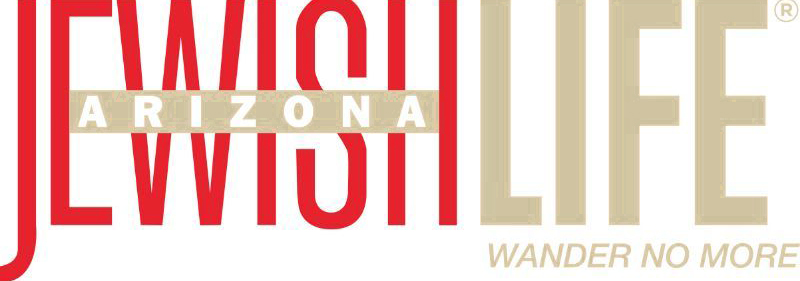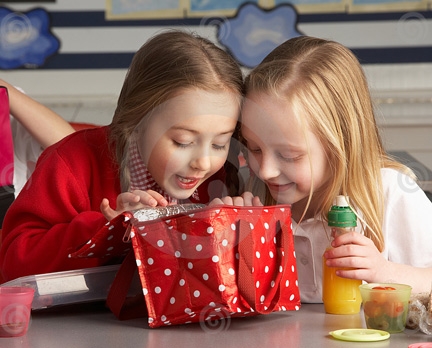The day my daughter started kindergarten was a milestone for us both. She looked so grown up in her new jeans and Barbie T-shirt. I was bursting with pride as I took her picture, one small hand clenching her lunchbox, the other tentatively waving goodbye. But then, as I drove away with an olive-sized lump in my throat, my pride turned into concern, and then–outright angst. Question after question ran through my mind.
Did we choose the right school? What if the kids weren’t nice? Would she like her teacher? Did I remind her to use the bathroom after lunch? But it wasn’t until I stopped for lunch that I realized the one question that was truly plaguing me: Did I make her the right lunch?
It may seem odd, even absurd, that my primary concern about my daughter’s initiation into the world of learning was gastronomic. But, as with most of parenting, my fear had its roots deep within the soil of my own childhood.
Because back when I was in school, your popularity was based, in part, on the contents that tumbled out of the brown paper bag that held your lunch. School lunches spoke volumes about your social status and family, even if you didn’t have a clue where your grandparents came from.
No one spoke directly about it but we all knew the “Code.” White bread sandwiches cut on the diagonal were in; whole wheat and rye were out. Yes to Mayo, a big no to mustard and God forbid you should have anything that smelled, like tuna fish. Bologna, Kraft American cheese and peanut butter and jelly were in. In the Caste System of lunches, egg salad or knockwurst turned you into an Untouchable.
The piece de resistance was predictably dessert. Oreos and Fig Newtons were a safe bet but homemade brownies gave you clout. Show up with dried fruit and you were branded a Loser for Life.
Bringing a Code lunch was tantamount to saying: “I belong here. I fit in.” It meant someone at home was paying attention; they knew the rules. Someone at home cared.
I know all this because I suffered tremendously as a result of not being up to Code. Growing up in a small New Jersey town as one of only seven Jewish kids in my grade, I was the only one to bring ethnic food for lunch. My parents were not observant so we didn’t keep Kosher. But a cursory look inside our refrigerator would leave no doubt about our heritage. We were not a white bread and mayo family; we were definitely a pumpernickel and seltzer clan.
Spiced salami on rye oozing deli mustard with a garlic dill pickle tumbled out of my lunch bag. Coleslaw juice with caraway seeds dripped from the plastic container onto my lap as I tried to hide a roll of apricot shoe-leather inside my math book. My lunch was different; it was smelly and wrong. In less time than it took me to unwrap my sandwich, I was indicted, tried and convicted by my peers. Lunch did more to separate me from them than a case of the measles.
I picked up my daughter after school and listened attentively to her enthusiastic description of stringing macaroni shells into a math necklace and who she played with at recess. Unable to fend off the question any longer, I finally broke down.
“So, how was lunch today?”
“Fine. But Mom, I hate bologna sandwiches! Can I bring tortillas or sushi tomorrow like the other kids?”
I smiled and assured her she could. Who knows? Maybe her world will be different than mine–more accepting and open and diverse. Maybe her Code will include dill pickles.
Amy Hirshberg Lederman is an award winning author, nationally syndicated columnist, Jewish educator, public speaker and attorney.






